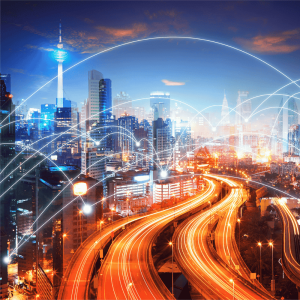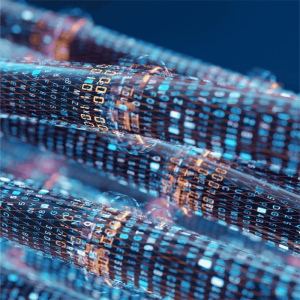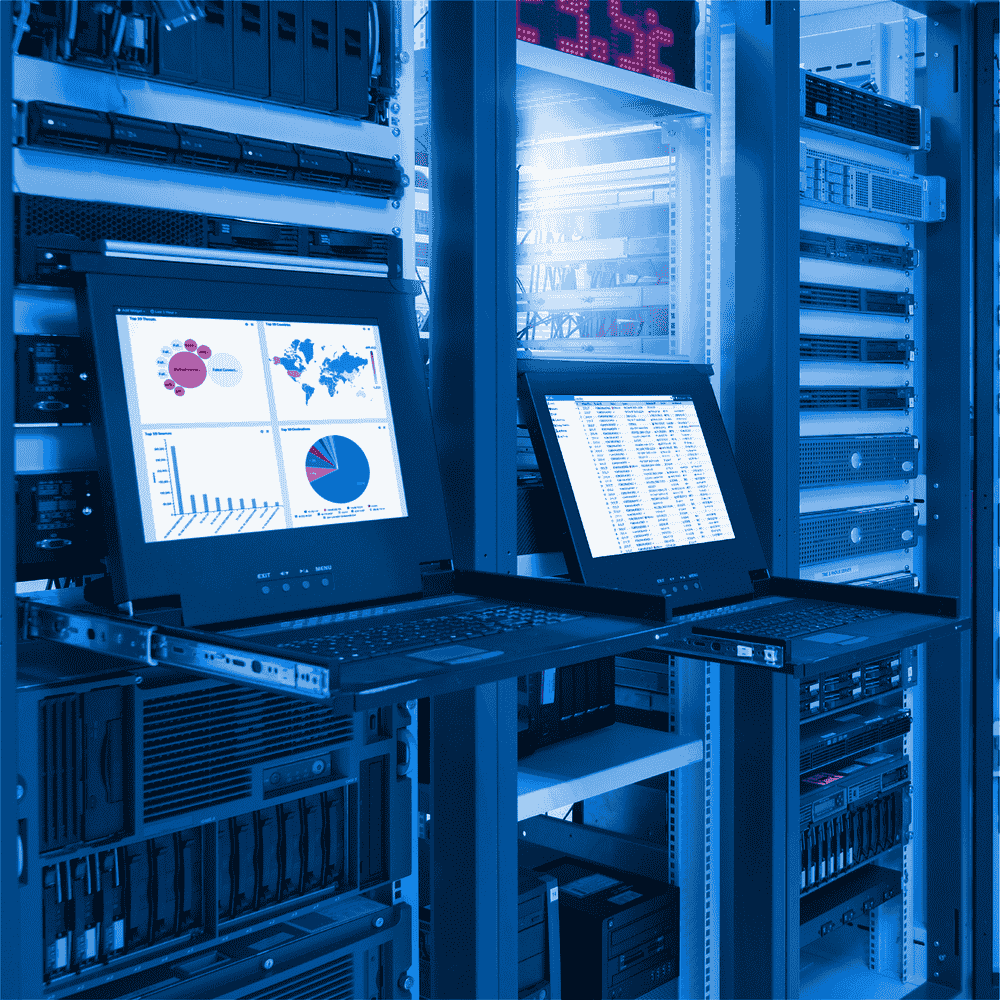Secrets of Data Transfer with Fiber Optics
What is Fiber Optics and How Does It Work?
Fiber optic cables are thin, flexible cables that transmit data via light signals. The thin glass or plastic fibers inside these cables transmit the light pulses that carry data. One of the most important features of fiber optic cables is that they offer much higher speed and reliability than traditional copper cables. Data travels through the continuous reflection of light inside the cable, and thus can be carried over long distances without loss.
Secrets of Data Transmission: Why Fiber Optics?
1. Carrying Data at the Speed of Light:
Fiber optic cables carry light, allowing data to be transmitted much faster than copper cables. This technology makes gigabit speed internet connections possible.
2. Not Affected by Electromagnetic Interference:
Traditional copper cables are vulnerable to electromagnetic interference. However, fiber optic cables are completely resistant to such interference. This ensures that data transmission is more secure and uninterrupted.
3. Lossless Transmission Over Longer Distances:
Fiber optic cables can transmit data over long distances without loss. For example, fiber optic cables used in transoceanic data communication provide services with minimal loss in data transmission. This feature makes fiber optics ideal for international communication and data centers.
4. Higher Bandwidth:
Fiber optic cables have the capacity to carry more data at the same time. Fiber optics are indispensable for processes with high data requirements such as high-resolution videos, large file transfers and cloud computing services.
Structure of Fiber Optic Cables
The secrets of fiber optic cables are hidden in their structure. Each cable consists of three main layers:
Core: Thin fiber made of glass or plastic through which light signals carrying data travel.
Coating: A coating that surrounds the core and allows light to reflect inside.
Protective Coating: An outer layer that protects the cable from physical damage.
This structure enables the fastest and most reliable transmission of data.
Fiber Optic as the Future’s Communication Infrastructure
As technology continues to develop rapidly, the importance of fiber optic cables is also increasing. Innovative technologies such as 5G, the Internet of Things (IoT), and smart cities are dependent on the speed and capacity provided by fiber optic infrastructure. As data demand increases day by day, the role of fiber optic cables in the communication infrastructure will become even more critical.
Conclusion: The Future Will Be Shaped by Fiber Optic
Fiber optic cables bring together speed, security, and capacity as a revolutionary technology in data transmission. Although we are not aware of it in our daily lives, we benefit from the advantages offered by fiber optic technology when watching videos over the internet, sending files, or working remotely. The communication infrastructure of the future will be faster and more secure thanks to this invisible technology.
Discovering the secrets of data with fiber optic allows us to take a closer look at the modern world. As technology develops, fiber optic cables will continue to carry us to the boundaries of the future.






